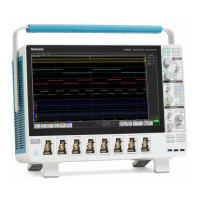





Do you have a question about the Tektronix 5 Series and is the answer not in the manual?
| Vertical Sensitivity | 1 mV/div to 10 V/div |
|---|---|
| Display Size | 15.6 inches |
| Bandwidth | Up to 2 GHz |
| Channels | 4, 6 |
| Memory Depth | 125 Mpoints |
| Trigger Types | Edge, Pulse Width, Logic, Runt, Setup/Hold |
| Connectivity | USB, LAN |
| Operating System | Windows 10 |
| Probe Interface | TekVPI |
| Power Supply | 100 V to 240 V ±10% |
Covers fire, injury, voltage, covers, wet conditions, atmosphere, ventilation, environment, probes, test leads.
Covers safe use, high voltages, connection/disconnection, and inspection of probes and leads.
Safety precautions for performing service on the product, including shock prevention and power disconnection.
Explains terms like WARNING/CAUTION and symbols used in the manual and on the product.
Lists safety, EMC, and environmental standards the product complies with.
Details pollution, IP, overvoltage ratings, RoHS, and product end-of-life handling.
Covers battery recycling, perchlorate materials, and guidelines for transporting batteries.
Highlights the main features of the 5 Series MSO Low Profile instrument.
Lists available product documentation and provides instructions on how to find it.
Details operating conditions like power, input signals, and environmental factors.
Instructions for installing the instrument in a rack and securing it.
Procedure for powering on, verifying self-tests, and connecting probes.
Overview of front panel components, connectors, LEDs, and controls.
Overview of rear panel connectors and their functions for power, network, and I/O.
Instructions on how to access and use the instrument's graphical interface via monitor or browser.
Describes major interface areas like menu bar, waveform view, results bar, and various badges.
Lets you set parameters for channels, system settings, measurements, and other UI items.
Tools for magnifying waveforms to view signal details using zoom functions.
How to set the instrument's time zone and clock readout format.
Steps to download and install the latest instrument firmware.
Procedure for running Signal Path Compensation for measurement accuracy.
Steps to compensate TPP Series probes for accurate waveform capture.
Instructions for connecting the instrument to a network for remote access.
How to access the instrument's interface via a web browser.
Adding waveforms to the display and configuring channel/waveform settings.
How to use the Autoset function to quickly display a triggered waveform.
Steps to trigger on a signal and set the acquisition mode.
How to configure horizontal time base parameters like scale and delay.
How to create and add math, reference, or bus waveforms to the display.
Procedure to select, add, and configure measurements and plots.
How to add searches, plots, delete badges, change view settings, and configure cursors.
Connecting via USB and guidelines to prevent electrostatic discharge damage.
Instructions for cleaning the instrument's exterior surfaces.
Information on performance verification intervals and required adjustments.
Information on replaceable parts and standard accessories for the instrument.
Information on troubleshooting, maintenance, and contacting a service center.
Procedure for returning the instrument for service, including required information.
Details EMC standards, directives, and technical specifications the product meets.
Lists safety standards the product adheres to, including EU, US, and Canadian certifications.
Details pollution degree, IP rating, overvoltage categories, RoHS, and disposal guidelines.
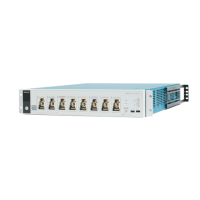
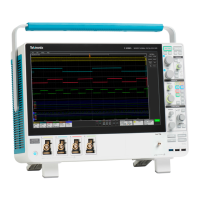
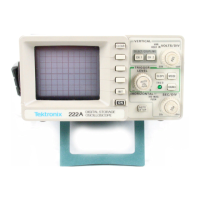
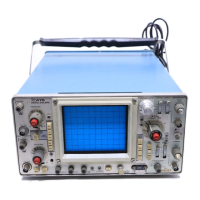
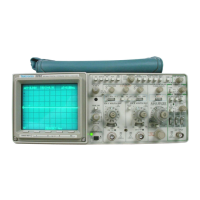
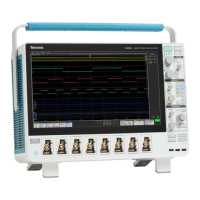
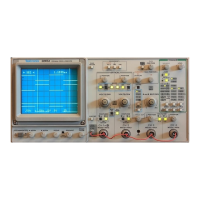





